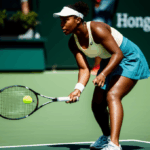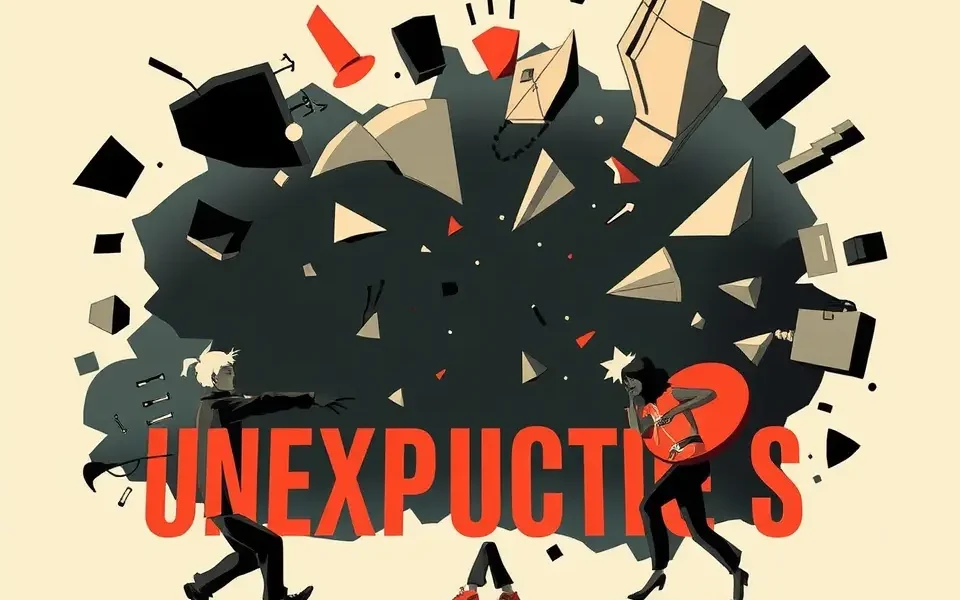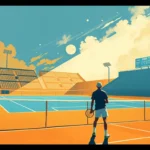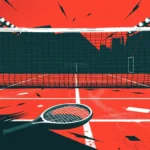The tennis world was recently rocked by the news of Jannik Sinner’s three-month suspension for doping. While Sinner himself faced the immediate consequences, the repercussions seem to have extended to his rivals, particularly Alexander Zverev and Carlos Alcaraz. Were they really the “biggest losers” as a result of Sinner’s ban? Let’s delve into the situation.
Sinner’s Doping Suspension: A Timeline
To understand the impact on Zverev and Alcaraz, it’s crucial to recap the events surrounding Sinner’s doping case:
- March 2024: Sinner tests positive for traces of the anabolic steroid clostebol. He claims unintentional contamination through a physiotherapist’s spray.
- August 2024: The positive tests are revealed. Sinner successfully appeals against a provisional ban.
- February 2025: Sinner reaches a settlement with the World Anti-Doping Agency (WADA), resulting in a three-month ban. This allows him to return in time for the Italian Open and avoid missing any Grand Slams.
The Opportunity That Slipped Away
On paper, Sinner’s absence presented a golden opportunity for Zverev and Alcaraz to solidify their positions at the top of the rankings. With the world number one sidelined, the path seemed clear for either player to seize the top spot.
Alexander Zverev’s Struggles
Alexander Zverev, who was ranked number two in the world, had the most immediate chance to overtake Sinner. However, he struggled to capitalize on the situation. Zverev himself admitted that the pressure of chasing the number one ranking negatively impacted his performance.
- He faced early exits at Indian Wells, the Miami Masters, and the Monte Carlo Masters.
- He even admitted to struggling to win first and second-round matches.
- Zverev lost ground in the rankings.
Carlos Alcaraz’s Mixed Results
Carlos Alcaraz, another top contender, also experienced a mixed bag of results during Sinner’s absence.
- Alcaraz won the Rotterdam Open.
- He also secured the Monte Carlo Masters 1000 title.
- However, he suffered defeats at the Qatar Open and the Sunshine Double (Indian Wells and Miami).
- Alcaraz has publicly acknowledged the pressure of chasing the world number one spot affecting his performance.
The Psychological Impact
One of the critical aspects of this situation is the psychological impact on Zverev and Alcaraz. Both players seemed to buckle under the pressure of expectation.
- The absence of Sinner, instead of liberating them, appeared to create a mental hurdle.
- Alcaraz confessed to being more worried about his opponents than focusing on his own game.
- Zverev openly admitted that the pursuit of the number one ranking was affecting his form.
Why Did They Falter?
Several factors could explain why Zverev and Alcaraz failed to take advantage of Sinner’s suspension:
- Pressure: The pressure to perform and seize the top ranking likely weighed heavily on both players.
- Expectation: With Sinner out, the expectation was that Zverev or Alcaraz would dominate, which may have created additional stress.
- Mental Game: Tennis is as much a mental game as it is physical. The psychological impact of Sinner’s absence seemed to disrupt their focus and confidence.
- Unexpected Results: Tennis is known for its unpredictability. Upsets and unexpected results are common, regardless of who is playing.
Sinner’s Perspective
For his part, Sinner maintained his innocence throughout the doping controversy, attributing the positive test to unintentional contamination. He expressed frustration with the situation, stating that he “didn’t do anything wrong” and questioned why he had to “pay this price.”
Despite the ban, Sinner retained his number one ranking because Zverev and Alcaraz did not accumulate enough points to surpass him.
Other Doping Controversies in Tennis
Sinner’s case is not an isolated incident. Tennis has faced several doping controversies in recent years, highlighting the challenges of maintaining a clean sport.
- Max Purcell: The Australian doubles champion recently received an 18-month suspension for receiving intravenous vitamin infusions above the accepted limit.
- Iga Swiatek: The women’s world number two served a one-month suspension after testing positive for a banned substance, which she claimed was due to contamination of sleep medication.
- Simona Halep: The former world number one was initially banned for four years after testing positive for Roxadustat. The ban was later reduced to nine months.
- Maria Sharapova: The Russian star was suspended in 2016 for testing positive for meldonium.
These cases underscore the importance of strict anti-doping measures and the need for players to be vigilant about the substances they ingest.
The ITIA’s Response
The International Tennis Integrity Agency (ITIA) has been actively working to combat doping in tennis. They have increased anti-doping controls and implemented more invasive testing procedures. The ITIA has also emphasized that anti-doping rules extend beyond just testing positive for prohibited substances.
The Fallout: A Complex Situation
While it may be an oversimplification to label Zverev and Alcaraz as the “biggest losers” of Sinner’s doping ban, it’s clear that they failed to capitalize on a significant opportunity. The pressure, expectation, and psychological impact of Sinner’s absence seemed to hinder their performance.
Sinner’s absence ultimately highlighted the importance of mental fortitude in tennis and the challenges of maintaining consistency at the top of the game. It also raised questions about the fairness and effectiveness of the anti-doping system in tennis.
The Road Ahead
As Sinner prepares to return to the court, it will be interesting to see how he performs after his enforced break. Whether Zverev and Alcaraz can learn from their experiences and mount a stronger challenge for the top ranking remains to be seen. The rivalry between these three players promises to be a compelling narrative in the years to come.








No Comment! Be the first one.